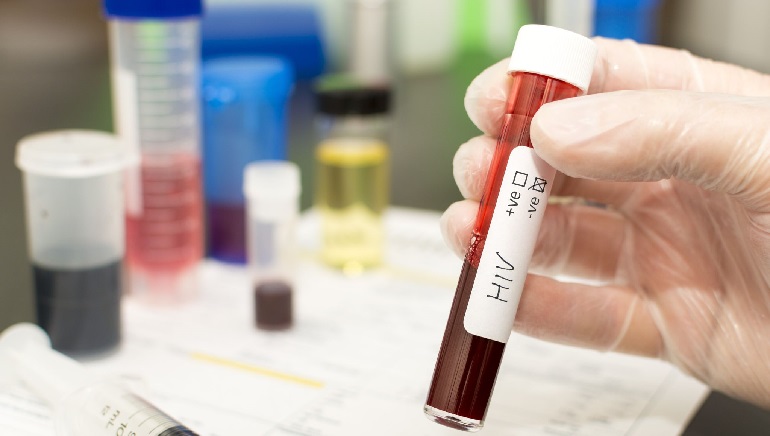A 53-year-old man diagnosed with HIV in 2008 is now free of the virus after a stem cell transplant treatment, researchers reported in the journal Nature Medicine on February 20.
The German man, known as “the Düsseldorf patient,” is the third confirmed person to be cured of HIV using this treatment. Last year, the researchers announced that two other patients had recovered from the virus. The patients included a woman of mixed race. However, papers on these patients have not been published yet.
The Düsseldorf patient received the stem cell transplant to treat his leukemia. The doctors decided to use donated cells with a mutation that made them resistant to human immunodeficiency virus (HIV). Now, about four years after he stopped taking drugs to manage HIV, the patient shows no signs of an active infection.
Despite this method’s success, it’s not likely to become a widespread cure—due to the high-risk nature of the treatment. It is unlikely that people with HIV who do not have leukemia would receive it. However, the success of the treatment can help scientists learn more about how they might cure others.
In 2021, 38.4 million people around the world were living with HIV. The virus attacks the body’s immune system and weakens its defenses against diseases such as tuberculosis, fungal infections and some cancers. Currently, there is no cure for HIV, but antiretroviral therapies have made its infections less deadly and more manageable. In the 1980s, a person’s life expectancy after an HIV diagnosis was one year; it is now close to normal.















